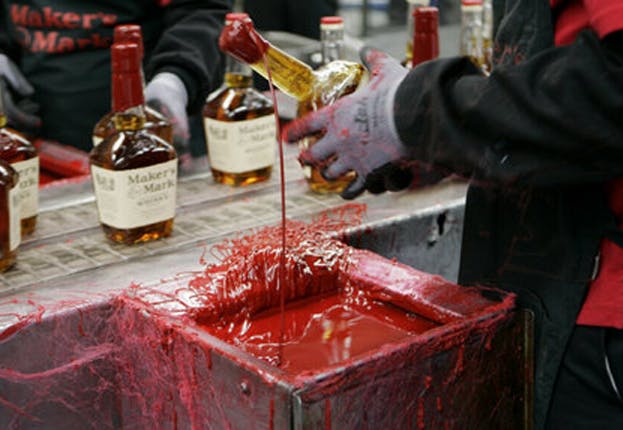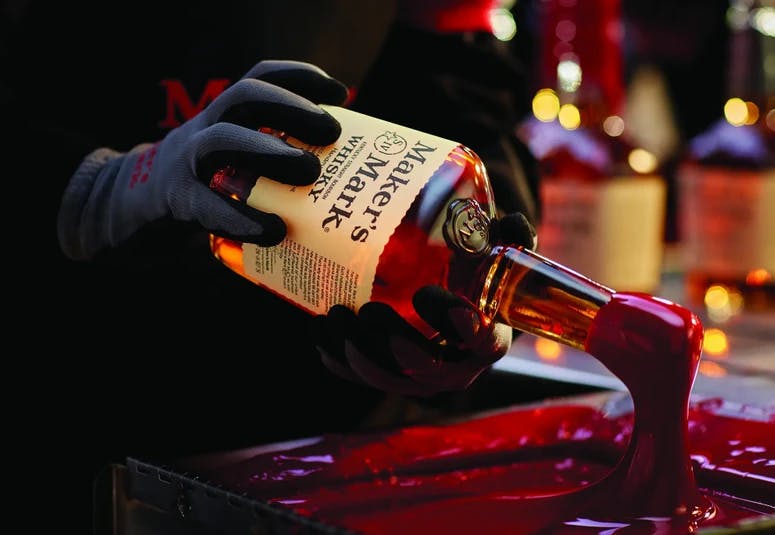Public tours
Fixed itineraries bookable online
Custom tours
Personalized itineraries bookable online or by request
Fixed itineraries bookable online
Personalized itineraries bookable online or by request

Sightseeing, Louisville, Spirits, Bourbon

Sightseeing, Louisville, Spirits, Bourbon

Sightseeing, Louisville, Spirits, Bourbon, Nashville

Sightseeing, Louisville, Spirits, Bourbon

Sightseeing, Louisville, Spirits, Bourbon

Sightseeing, Louisville, Spirits, Bourbon

Sightseeing, Louisville, Spirits, Bourbon

Sightseeing, Louisville, Spirits, Bourbon